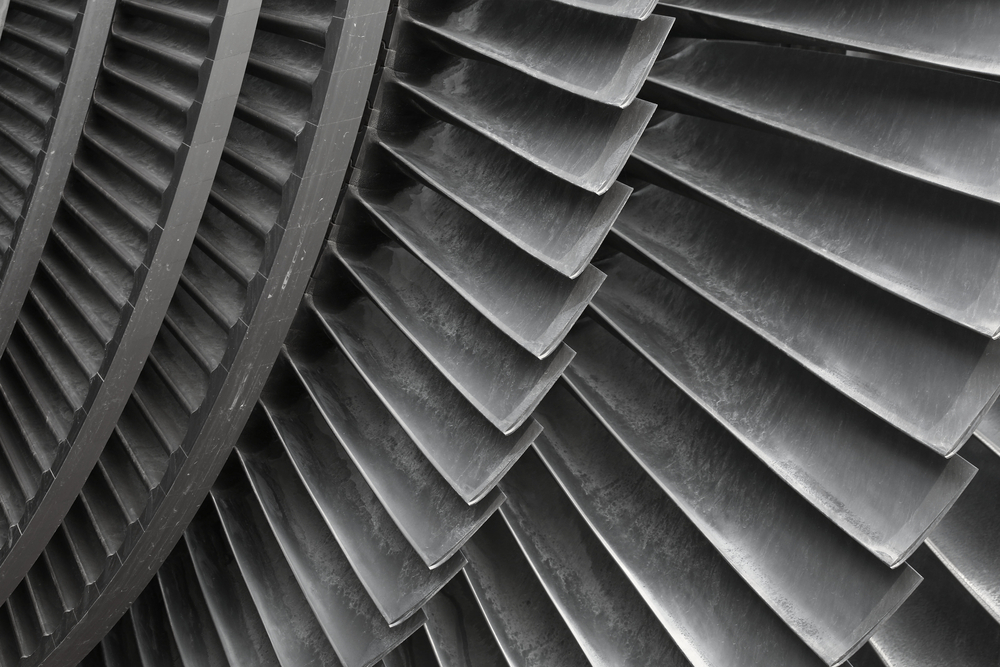Blades are the heart of a steam turbine, as they are the principal elements that convert thermal energy into kinetic energy. The efficiency and reliability of a turbine depend on the proper design of the blades and its design factors. The blade design is a multi-disciplinary task. It involves the thermodynamic, aerodynamic, mechanical, and material science disciplines. Total development of a new blade is, therefore, possible only when experts in all these fields come together as a team.
One of the key factors influencing the efficiency of turbines is the design of the turbine blades. Almost all the blading used in modern mechanical drive steam turbines is either of drawn or milled type construction. Drawn blades are machined from extruded airfoil-shaped pieces of material stock, while milled blades are machined from a rectangular piece of bar stock.
The efficiency of the turbine depends on the following blade parameters :
1) Inlet and outlet angle of the blade.
2) Blade materials.
3) Profile of the blade.
4) Surface finishing of the blade.
The modern design of turbine blades maximizes efficiency through complicated surface geometries. Machining these surfaces, therefore, requires a careful machining strategy. Well-worked machining strategy with continuous improvement is crucial to productivity and subsequent processes. Innovative tooling and qualified applications are the only way to meet the challenges involved especially the rotating blades. Semi-finishing and finishing of the blades also require the best tool and method solutions to achieve quality at high efficiency.
An improved blade design focused on resisting the effects of stresses, corrosive agents, and creeping inducing temperatures will elevate the turbine efficiency, consequently leading to an increase in the power plan’s overall efficiency. Improving efficient blade design will serve to reduce operating costs even further and lessen the environmental impacts of steam turbines. Overall, such a combination of technologies would benefit society by providing an efficient, viable, and sustainable means of generating electrical energy.



